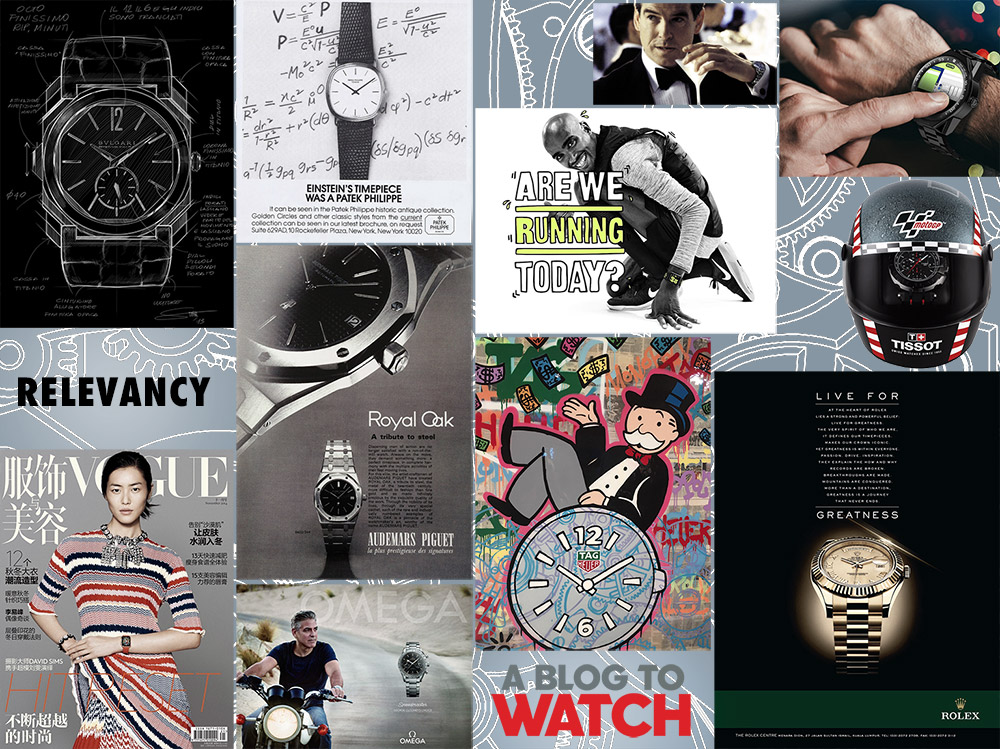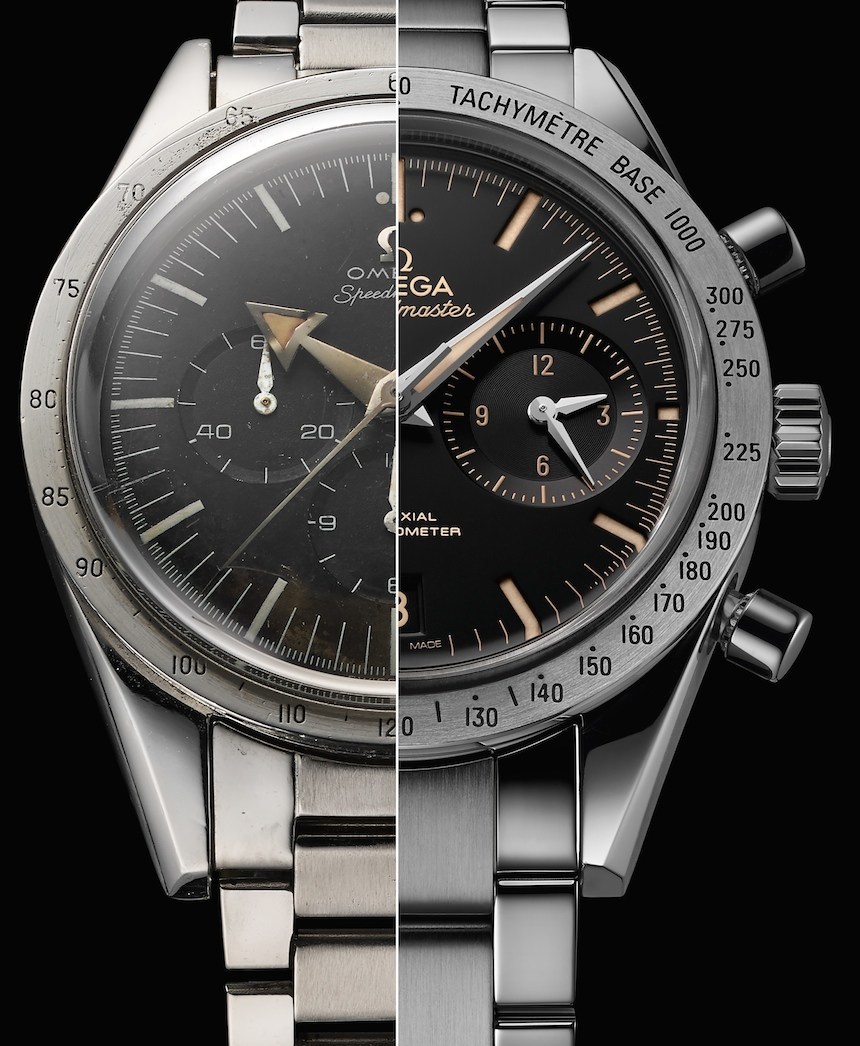
The Straight Highway Dilemma
I like to use the analogy of a highway without turns or off-ramps as a metaphor for how many of today’s high-end watch brands handle design and product innovation. How many major brands have actually introduced completely new watch product families over the last decade? I’ve asked this exact same question to colleagues in the watch industry, and few if any people have an answer. For the most part, the big name brands in the watch industry have introduced almost no new product families of any kind. These product families are sometimes called “pillars,” with the brands creating various new products within these larger categories. Examples of brand pillars are the Rolex Daytona, the Omega Speedmaster, and the TAG Heuer Carrera. There is no one Speedmaster or Carrera model, but rather a range of models within these larger product families.
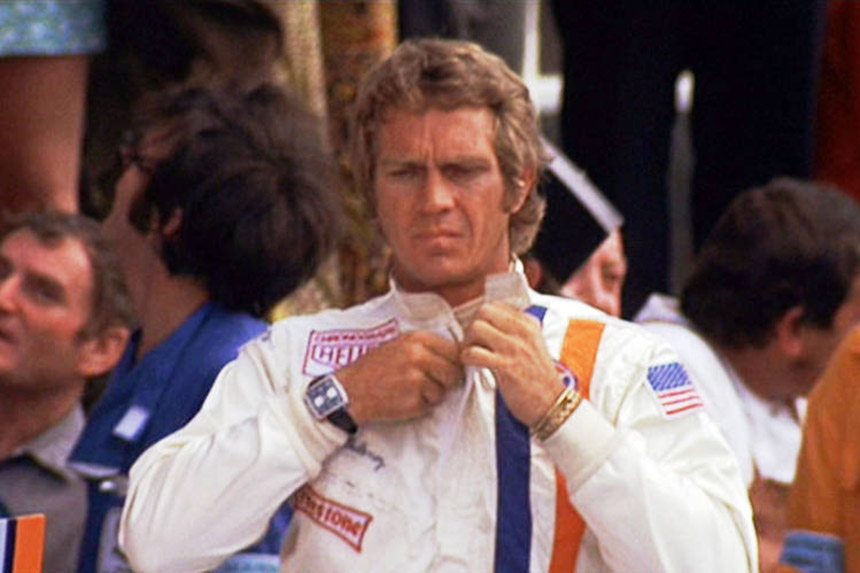
As I mentioned above, how often do you we see actually new brand pillars? Rarely, if ever. I will talk about this more below, as I see it as a serious problem to creative relevancy, but the reason for this is what I call the Straight Highway Dilemma. The idea is that brands, for various reasons, limit themselves to seeing their journey as a company existing along a straight road. Real innovation means turning off that road to explore new areas. Nevertheless, the brands feel unable to explore anything that doesn’t exist on the same straight path that they have been going on.
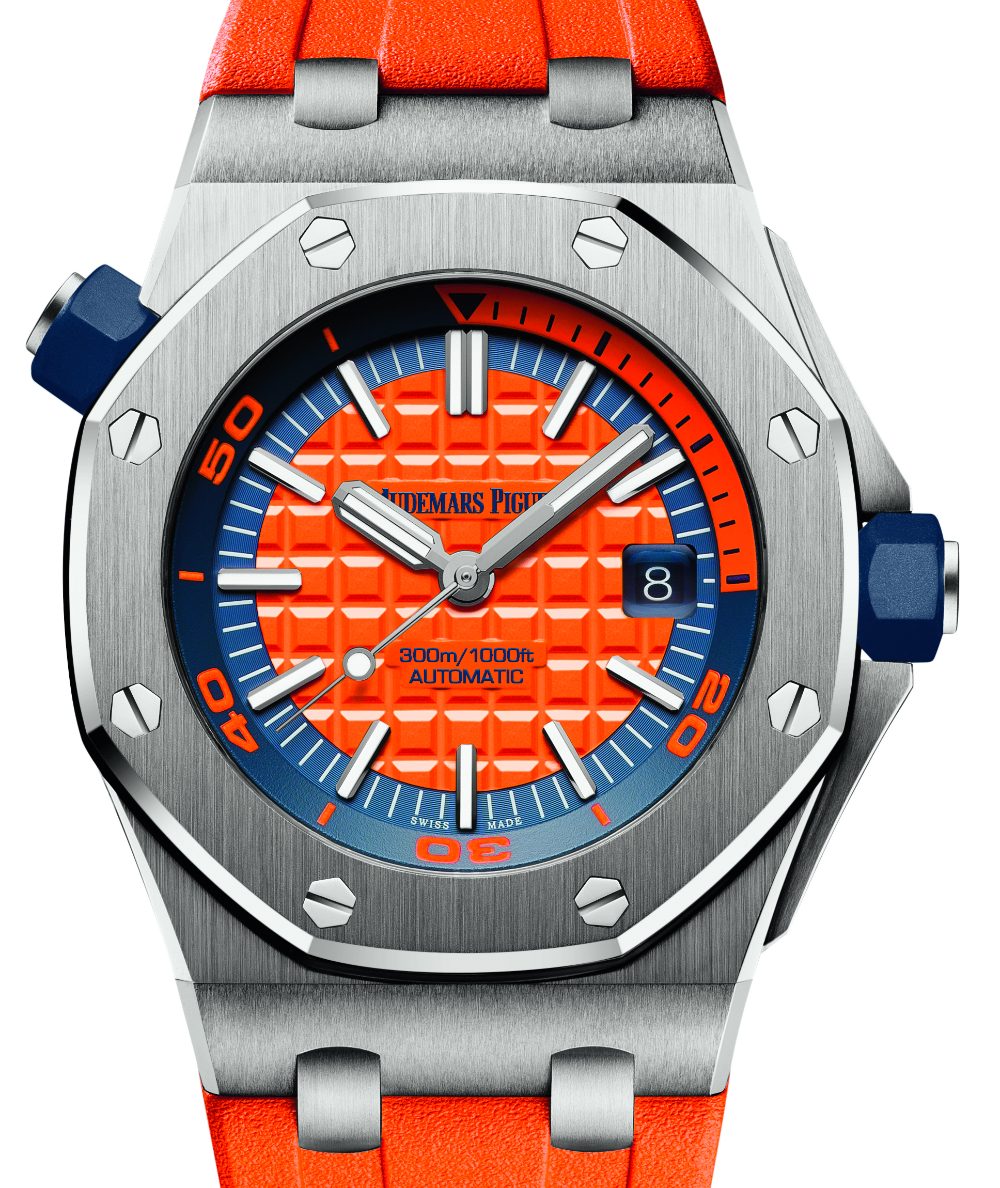
It is true that the brands do offer small innovations here and there, but these can be seen as mere lane changes or swerves along the same straight path as they do not ultimately result in the company going in full, or in part in any new direction. The Straight Highway Dilemma is more severe for some brands versus others, and at its heart it limits companies from actually creating new products which are relevant for today.
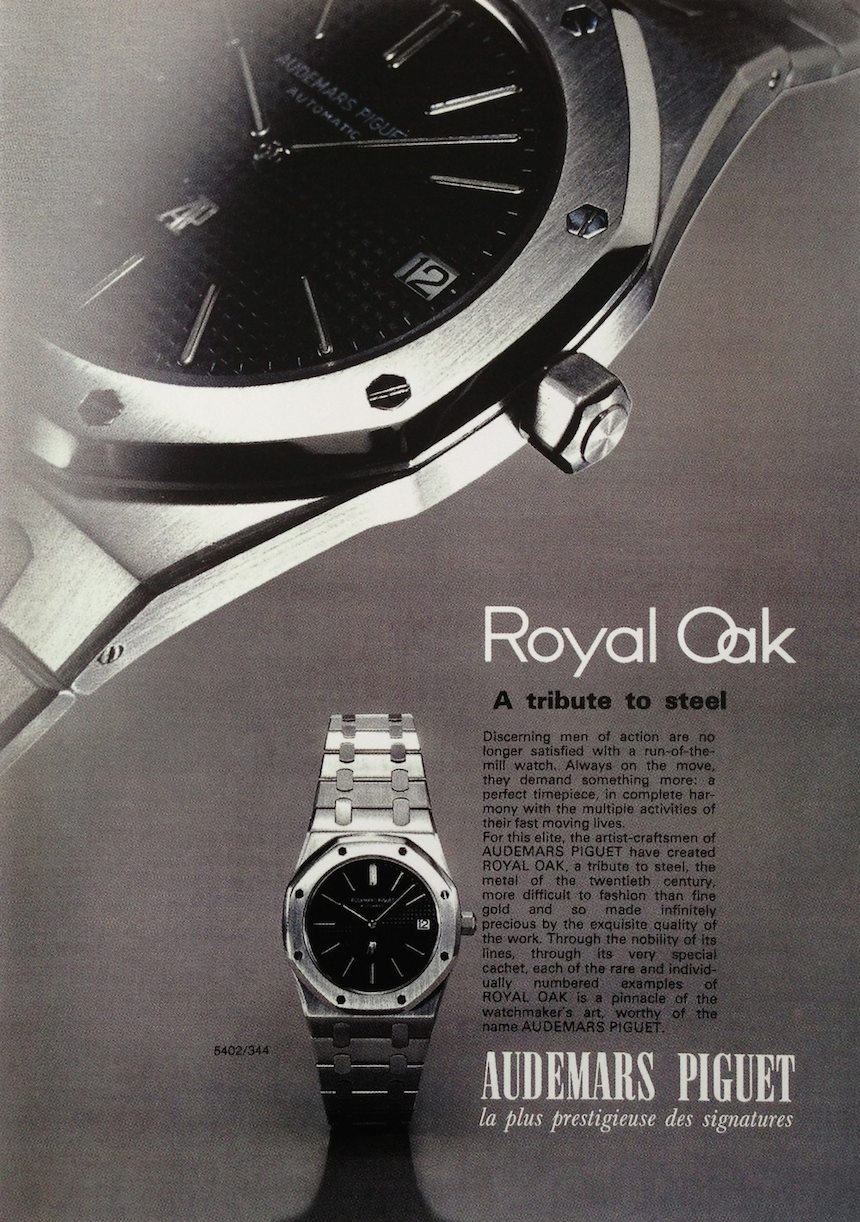
The direction of the Straight Highway began long ago prior to our modern era with its particular challenges, benefits, tastes, and preferences. That means the direction many brands are on is not only inflexible and unwavering, but was set in a historic time which is in many instances not relevant for today. For example, many of the product family pillars which serve as the foundation of a brand’s watches were created many generations ago. Those product families probably had relevancy when they first came out back then, but today can have real problems authentically connecting with consumers, and thus lack relevancy. This is one reason that so much watch brand marketing is failing; because marketers have trouble explaining to modern consumers how they should find relevancy in product families originally designed for the past.
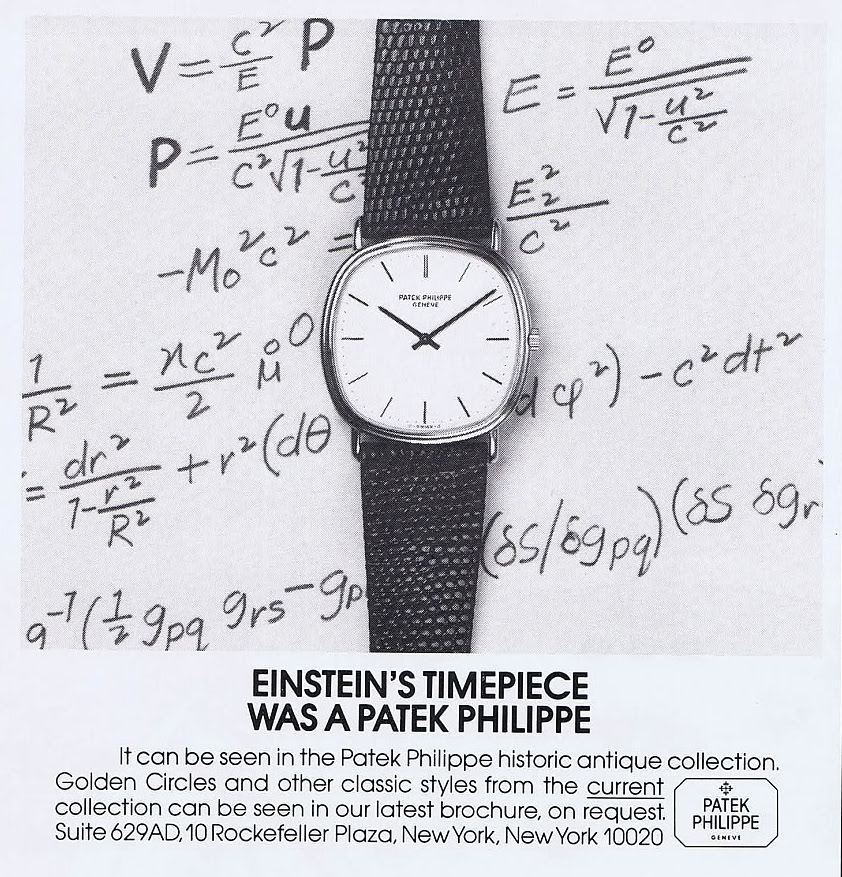
It is true that there is more actual product design innovation at smaller, independent brands. However, these brands are not the driving force of the watch industry and are typically priced exclusively for enthused, well-funded collectors who find them only after becoming acquainted with the offerings and practices of the big brands. Thus, the potential for small, independent watch brands to move the needle with young buyers, or new buyers in general is very limited.
Suggestions for watch brands on how to create relevancy here: To create relevancy, the Straight Highway must be slowly abandoned. That translates into a cultural shift in how watch brands perceive their role of “maintaining tradition.” It is true that heritage and legitimacy are important, but I believe the values consumers want to see manifested in new products are often times misinterpreted by product managers at watch brands.
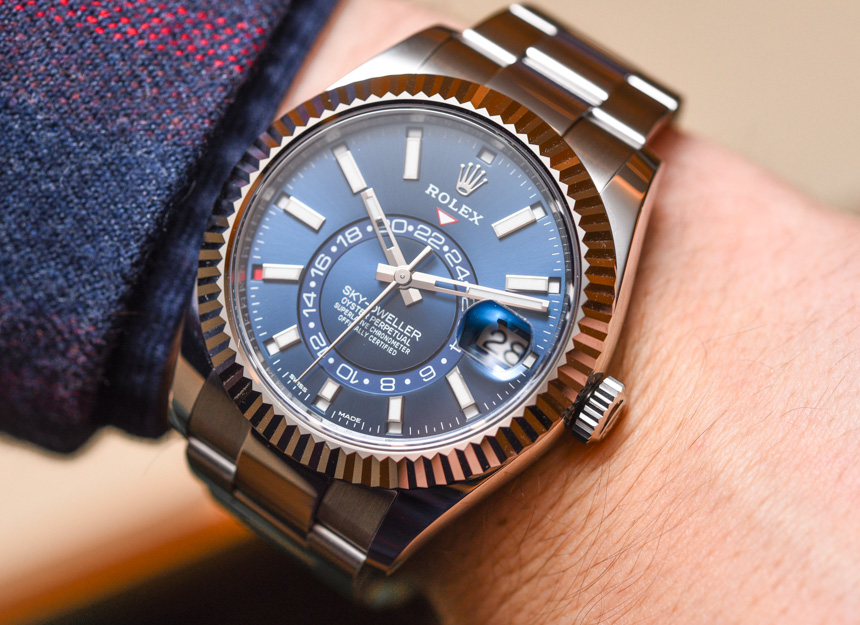
It is the goal of a high-end watch brand to imbue each of their watches with a high-level of functionality, comfort, design beauty, and authentic storytelling. None of that means watch brands are unable to create new products that nevertheless contain the values they feel their products must have. I encourage watch brands to consider their own histories and appreciate that all designs were new at one point or another. All watch brands today with history had multiple instances in the past where they released new products. Some of them succeeded, some of them failed, but at the end of the day, they came out with new products to appeal to various types of customers. Brands must further ask themselves why they suddenly stopped doing this?
All watch brands today must consider what they are best at creating and why, and apply those strengths to actually new products designed for people who wear watches today. That doesn’t mean brands need to abandon their past, or even watches that have been made for decades. It merely means that from time to time they need to exit the straight highway and explore new areas of product design, theme, and purpose.
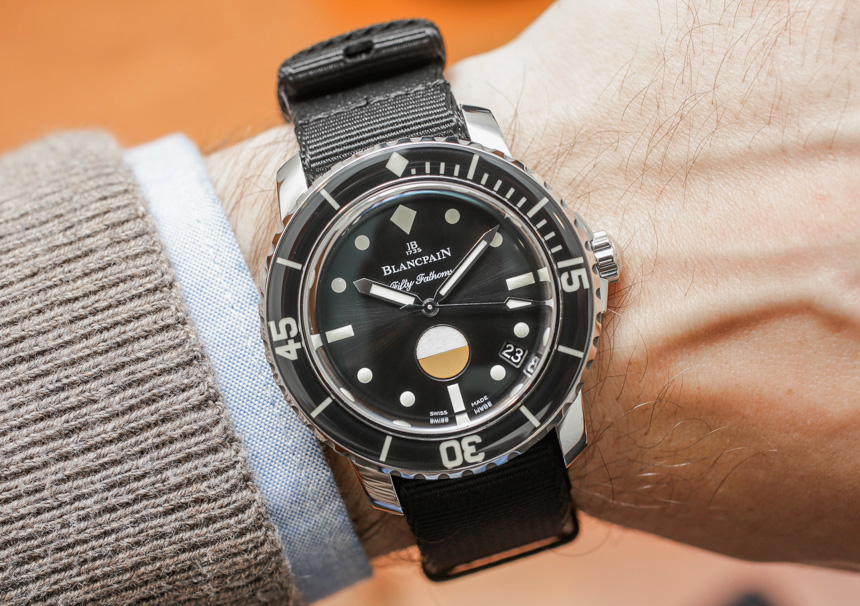
Break The Product Recycling Loop
Continuing with the discussion above, brands not only need to expand the horizons of what their companies actually do, but they need to break the loop of recycling product over and over again. Product and idea recycling has become so bad in the watch industry, that many brands themselves cannot even explain the original purpose of their own products. There is an almost dogmatic view when it comes to their products, which discourages questioning if those products are even relevant for today’s watch buying audiences.
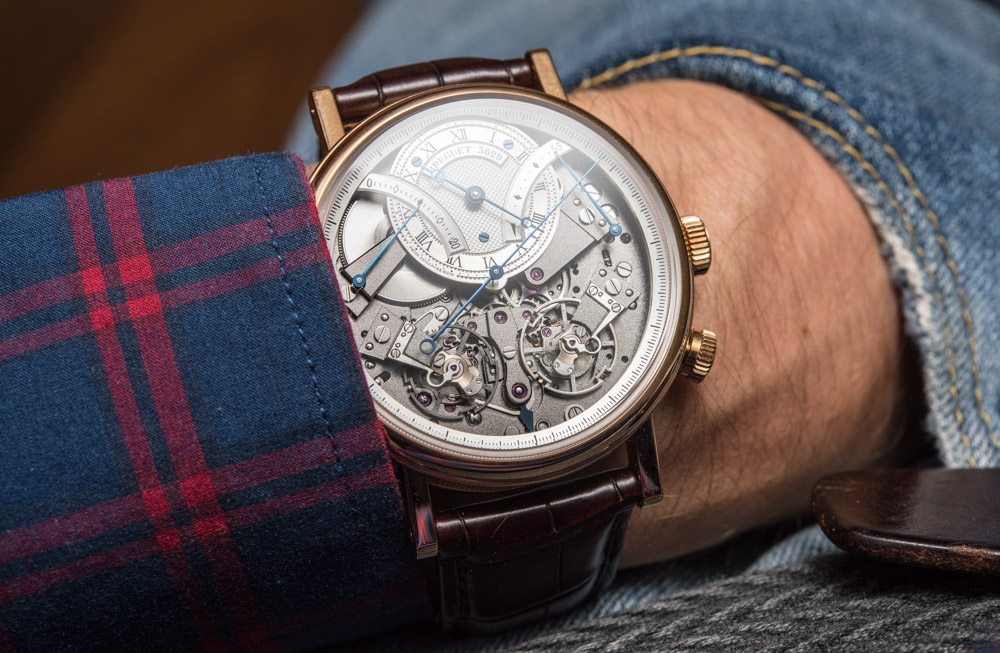
As I said above, it is possible to create actually new products that nevertheless contain the design, construction, and functionality values which a quality brand holds dear to their image. The more a product or idea is recycled, the less relevant it becomes almost as a rule. Very successful ideas have long lifespans, but eventually all ideas will become stale.
It requires a bit of courage and risk for watch brands to actually innovate. This is, in my opinion, actually why there is so little design and marketing innovation in the Swiss watch industry. Switzerland is known for being among the most risk intolerant places around. While there are benefits for any bastion of conservatism, when it comes to relevancy, conservatism is often the enemy of “new appeal.”
I’ll give you an example from one of my favorite brands, Omega. The Speedmaster was originally a racing watch, which was lucky enough to become the astronauts’ watch. After the Apollo missions, space travel and all things related to astronauts was an extremely sexy topic around the world in mostly the 1970s and 1980s. Connecting to space and exploration was an extremely relevant area for Omega. These days, there is far less enthusiasm over space-related activities, often because of actually less novel and publicized space-related activity. Moreover, the relevant technologies associated with space shuttles, stations, and astronauts have changed. Thus, while the story of Omega and space travel is both unique and impressive, it arguably suffers from decreasing relevancy as the interest in space travel for many consumers is arguably less relevant these days.
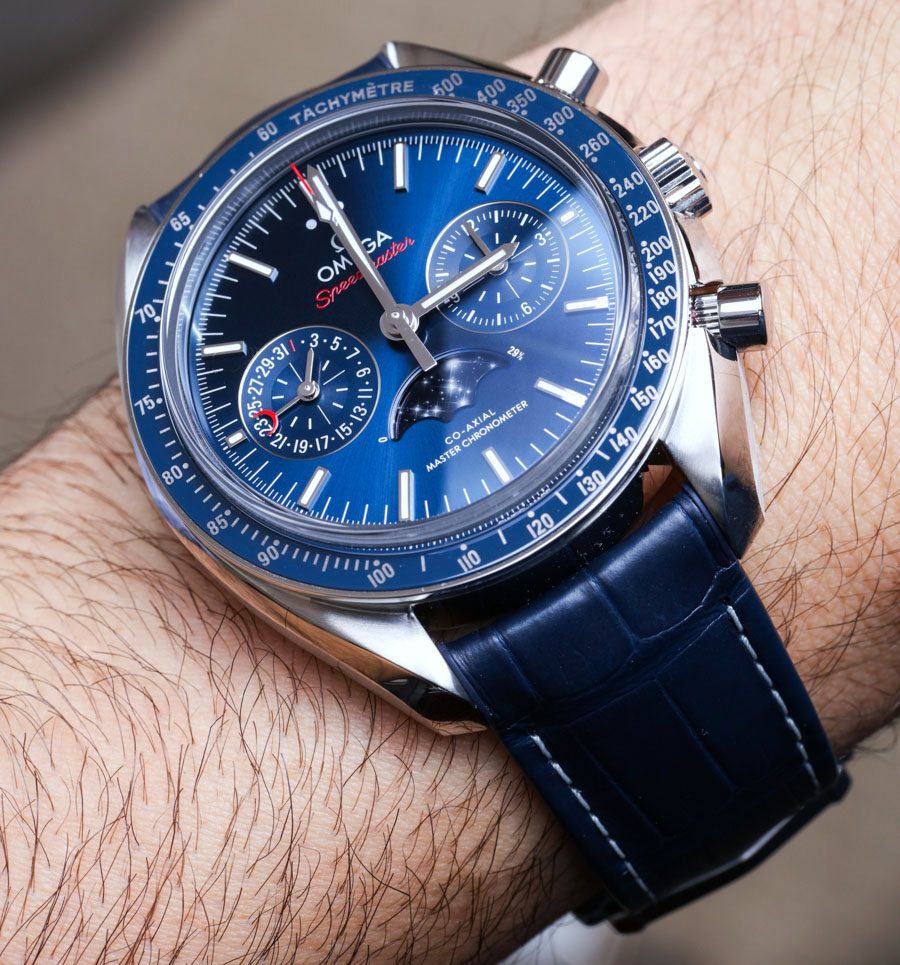
How would Omega address this issue? One option is to take the existing Speedmaster collection and find new ways of making it relevant by connecting it with contemporary activities. Another way would be to totally redesign the Speedmaster collection or create a companion product family which has a design which is more relevant to contemporary life. This would break a form of product recycling, and allow a great product to be relevant to new audiences who may have no knowledge or appreciation of why it was great to begin with.

Suggestions for watch brands on how to create relevancy here: Similar to what I said above about turning off the straight highway, watch brands need to embrace risk and design some new watches for today’s audiences, connected to activities and events which are relevant today. Brands often get part of this right, but fail in the complete execution. For example, they partner with a modern sporting event but fail to actually create a timepiece relevant to that event. One notable exception is a brand like Tissot. After partnering with motorcycle racing, they created specific motorcycle racing-theme watches. While these timepieces did not actually promise enhanced functionality to motorcycle drivers, it was an original way for fans of motorcycle racing to connect their passion for the sport with timepiece products.
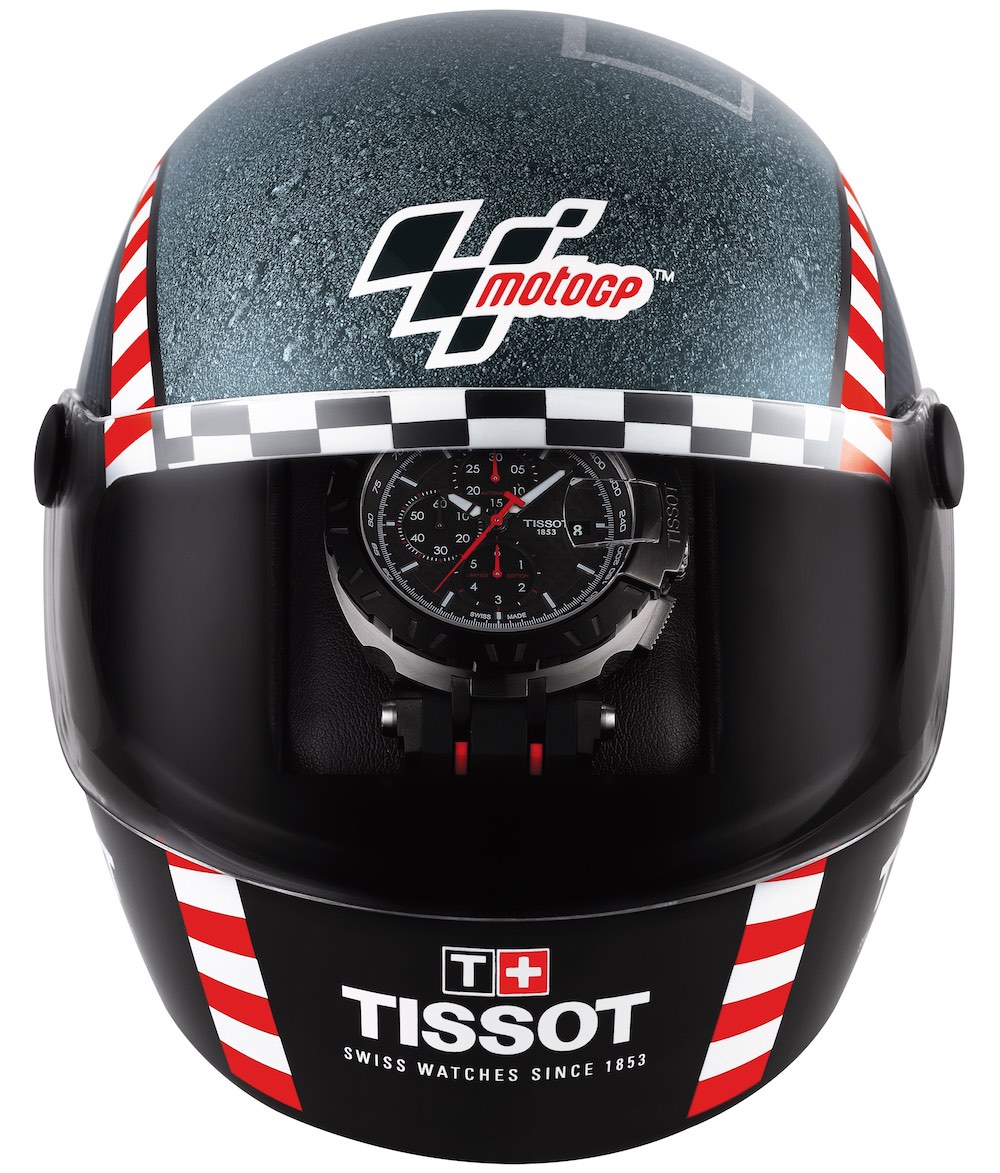
Watch brands need to see their history less as a rule and more as a guide. What they did in the past is relevant, but only so far as there are lessons which, if repeated today, will foster relevancy with consumers. Recycled ideas and products will only be as effective as the original inspiration for those ideas. Just because something worked well in the past, does not mean that it will work well in the future. Past performance is no promise of future success.
I will once again return to the notion of risk. Watch brands sell products which people purchase primarily for emotional reasons. As there is no science to formulating the perfect emotional product, a degree of trial and error must accompany eventual success. Brands unable to pave new paths and add new personality for their products (i.e those who do not embrace risk) will be forever destined to repeat their history ad nauseam. If those repeated ideas aren’t relevant to today’s consumers, neither will be the products which come as a result of them.
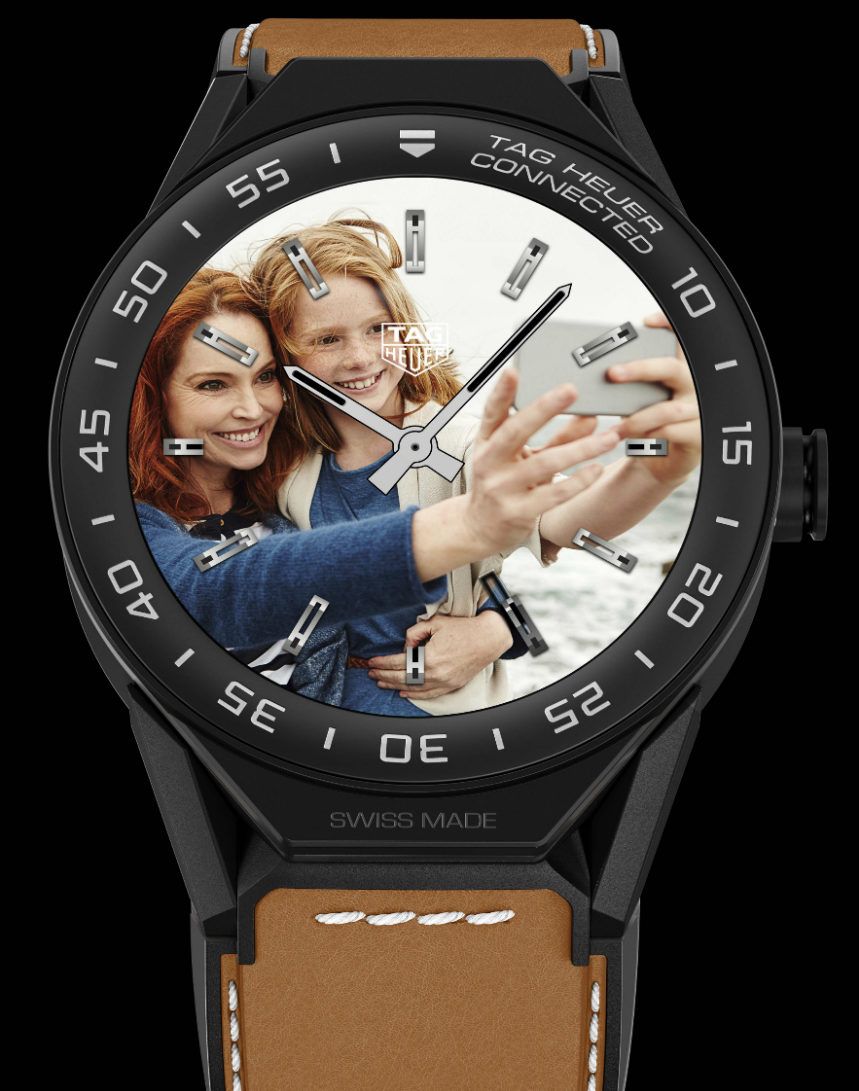
Irrelevant Messages To Millennials
A few years ago I recall listening to someone in the watch industry nervously explaining data they found on how young people today would rather have an iPad versus a watch. The person seemed genuinely perplexed by this, but the statement was pretty obvious to me. iPads offer people an ability to remain connected with others and consume entertainment. That makes them extremely relevant for teenagers. Can a timepiece claim even remotely similar relevancy for young audiences?
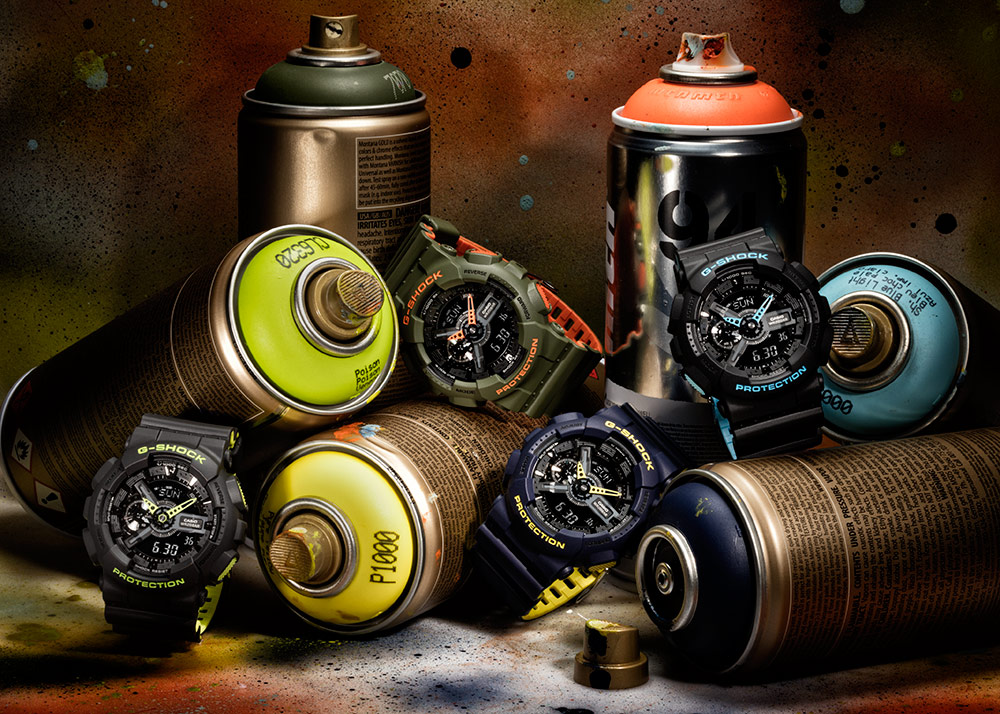
The watch industry is in dire need of more products and ideas which appeal to younger audiences. To remedy this, they have once again only gone halfway and embraced what they feel are the messaging mediums that young people pay attention to (such as social media). Where then are the messages and products actually designed to appeal to these audiences? Watch brand marketers thankfully understand how to reach younger audiences, but they often fail when it comes to sharing a message with them that they find appealing or interesting. Where is the relevancy?
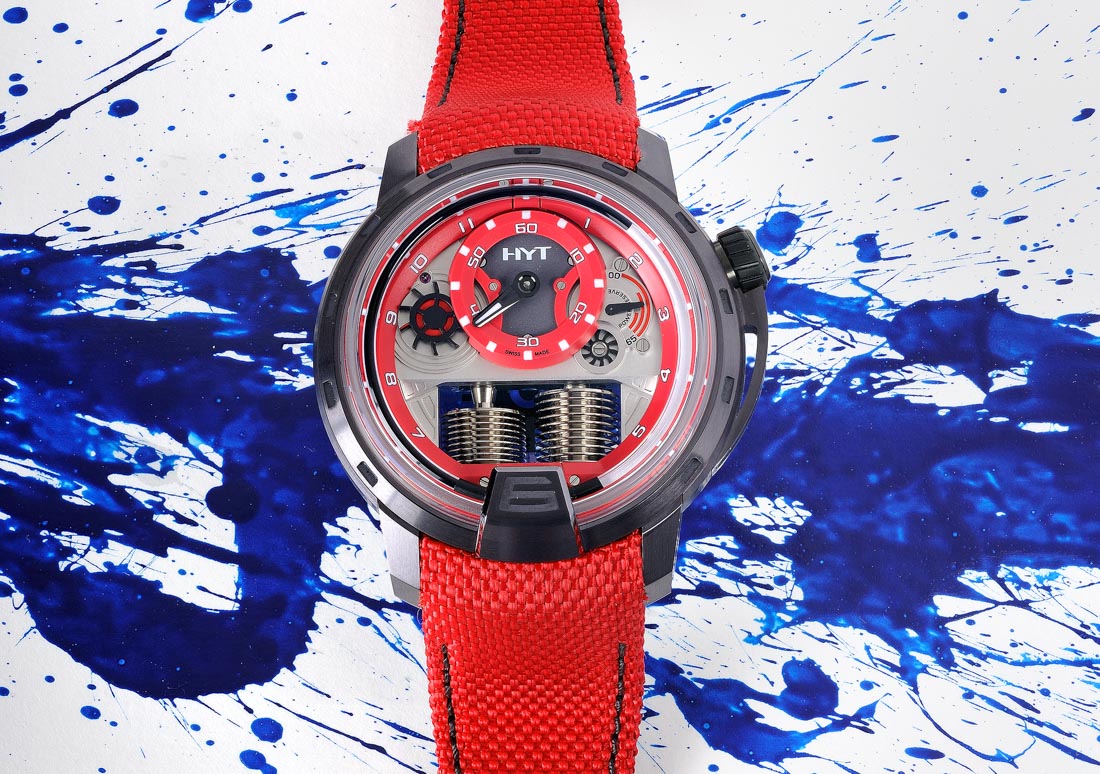
Young audiences of all generations are essentially the same, in my opinion. They want to reject the values of their parents (at least temporarily), they want to embrace the freedom of choice that comes with being an adult, they want to enhance their individuality and thus communicate what they feel are personalized messages about themselves, they want attention and acknowledgement for their burgeoning ideals, and they want to express themselves using methods which are specifically targeted to their peers. How they go about doing this, and what they say or do is what changes from generation to generation, but at the end of the day, the trajectory of being a young person is very similar from one generation to the next.

How does this apply to watch brand relevancy? First, it means that appealing to one particular youth generation versus another is not all that different. I want that to mean that marketers should not claim that today’s next generation of buyers (millennials) are so complicated and difficult to reach and that in order to appeal to them they need to make watches relevant.
One way that relevancy will likely fail is in trying to position watches as high-tech tools that rival the latest computing devices. That will be for smartwatches to do, and high-end watch makers should never really stress the fact that timepieces are needed tech. Instead, I think watch brands should explain to younger generations why it is that more mature generations like watches, but using messages specifically designed to appeal to them. In other words, if a 50-year-old watch lover enjoys traditional timepieces because of their artistry, engineering, and exclusivity, then those same messages should be clearly communicated to 15-year-olds – just in a way they prefer.
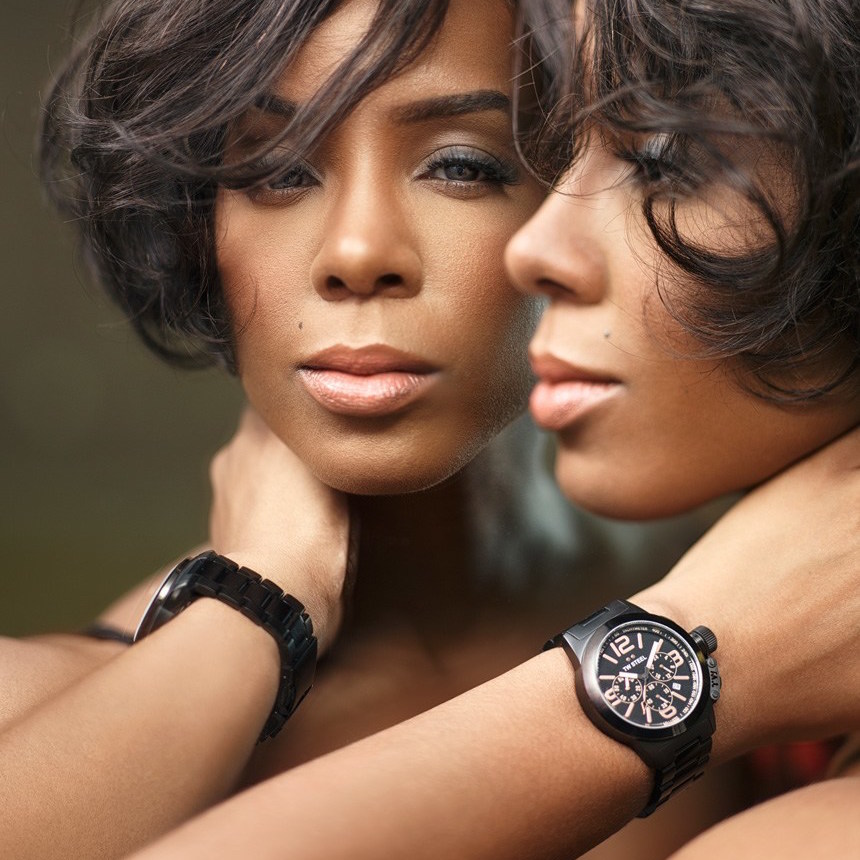
A typical and often failing tactic I see watch brands engage in to create relevancy with youth is by merely placing their logo at events or on people they follow. More often than not, the placement of these logos does not coincide with additional information designed to explain anything about those brands. In other words, even if a watch brand is able to get their name in front of young audiences, they often fail to explain what they even do, such that the audiences seeing their name have no ability to understand how to integrate knowledge of that company into their lives. This is part of a larger issue of audience awareness that exists out there. Marketers in the watch industry are often so isolated from the general public that they don’t realize they need to say something like “Watches, Timepieces, Timekeeping Instruments, etc….” in relation to their brand names when they are positioned at events they sponsor.
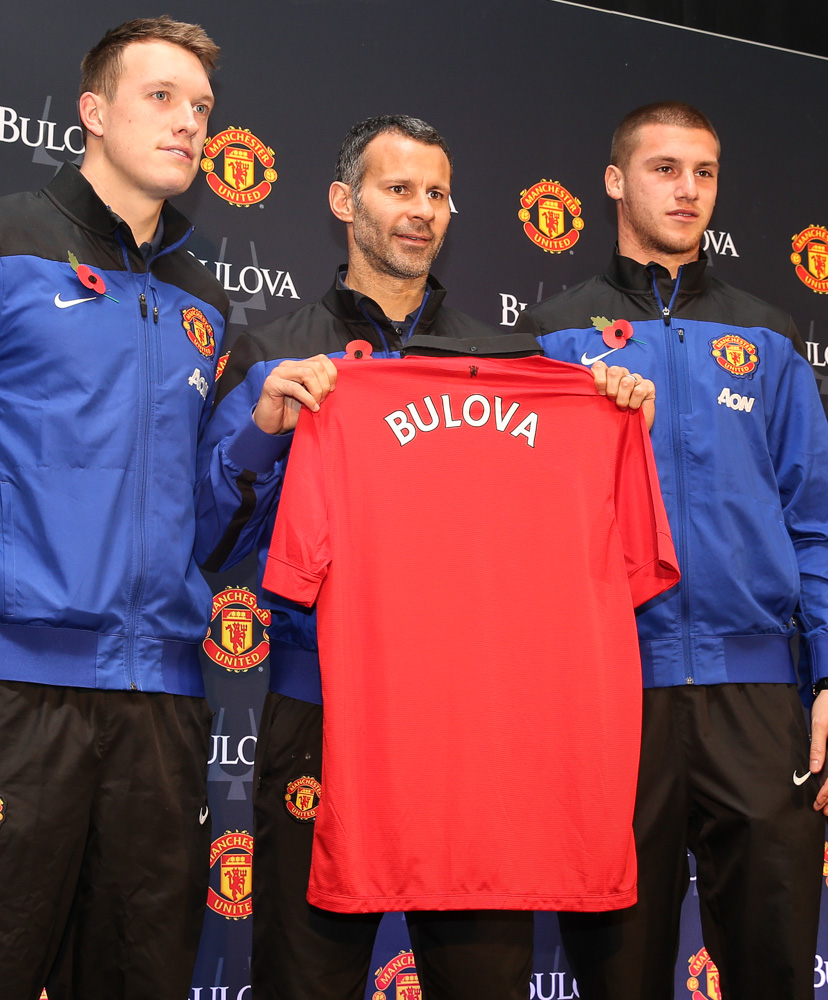
Young people want to convey good taste and status just as much as anyone else, but their budget is, of course, limited. The traditional watchmakers who produce luxury timepieces have for the most part left over huge pricing voids, that means their products are in many instances irrelevant to younger buyers who have less disposable income. Many of these brands rely on relatives or similar people in the lives of youth to purchase their first luxury watches for them. However, this not only assumes that a young person has a watch lover in their life, but that the watch lover feels it is a good idea to spend that much money on an item that young person has perhaps expressed no interest in.

Watch brands need to not only market relevant messages to young people that inspire desire for their products, but they must also create products which they can afford, or that adults in their lives are willing to purchase. Going back to the example of the wristwatch versus iPad, what that individual failed to mention is that their products cost several times what even a top-spec iPad costs. Thus, watch brands should produce watches with relevant prices (under $1,000 or maybe $2,000) that are of high quality with a good design, that millennials can afford now, or in the near future.
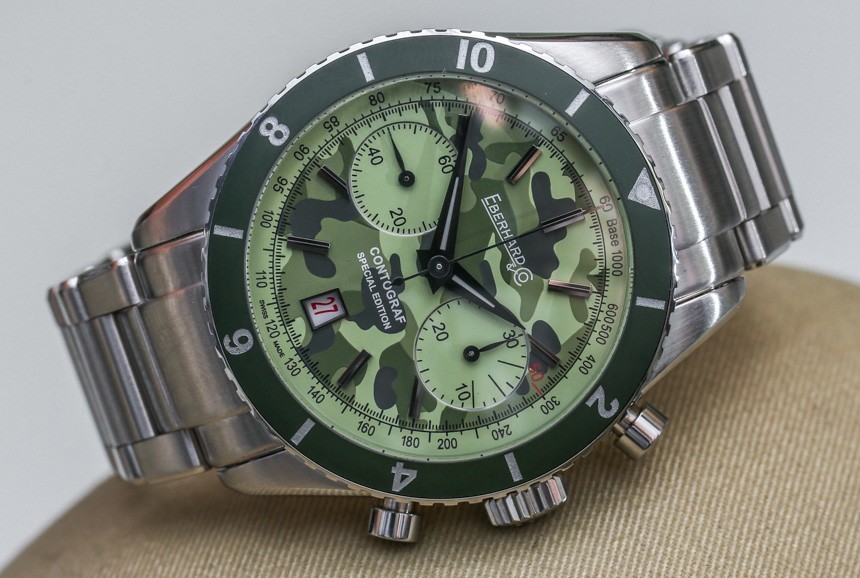
Suggestions for watch brands on how to create relevancy here: Watch makers have more than an interest in appealing to young buyers and, arguably, have a duty to. Without people who grow up interested in their products, let alone category, there will be a very small market for luxury watches tomorrow. Appealing to young people is about the present and future, and watch brands have no excuses for failing so often as making sure their products are attractive and cool… as well as within the realm of affordability to people under 25 years old.
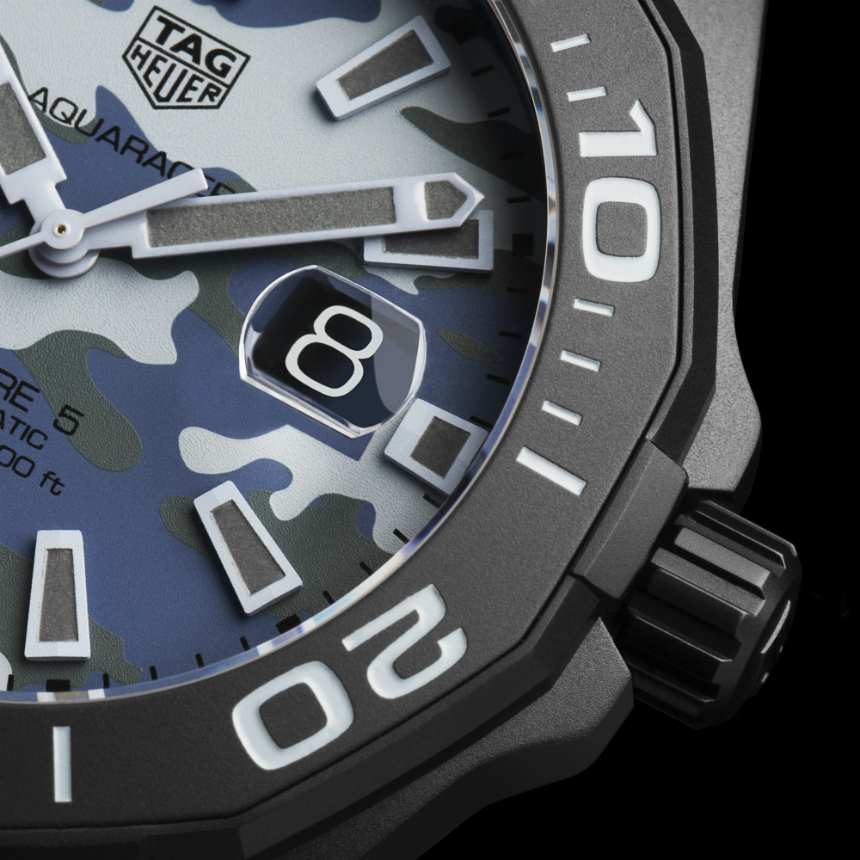
The first step in appealing to young buyers is creating watches with relevant designs and associations. Using the suggestions of breaking the loop of product design recycling above, watch brands should release invigorated designs that “aren’t your father’s Rolex.” New models from historic brands is an excellent way of demonstrating to younger generations that a brand has them in mind as a customer. Of course, prices should follow suit. All generations want products which they feel have their particular needs and tastes in mind, so this is a formula which can be constantly repeated. What should those designs look like? That’s a job for the many talented watch designers out there who are in touch with pop culture, technology, and contemporary tastes.
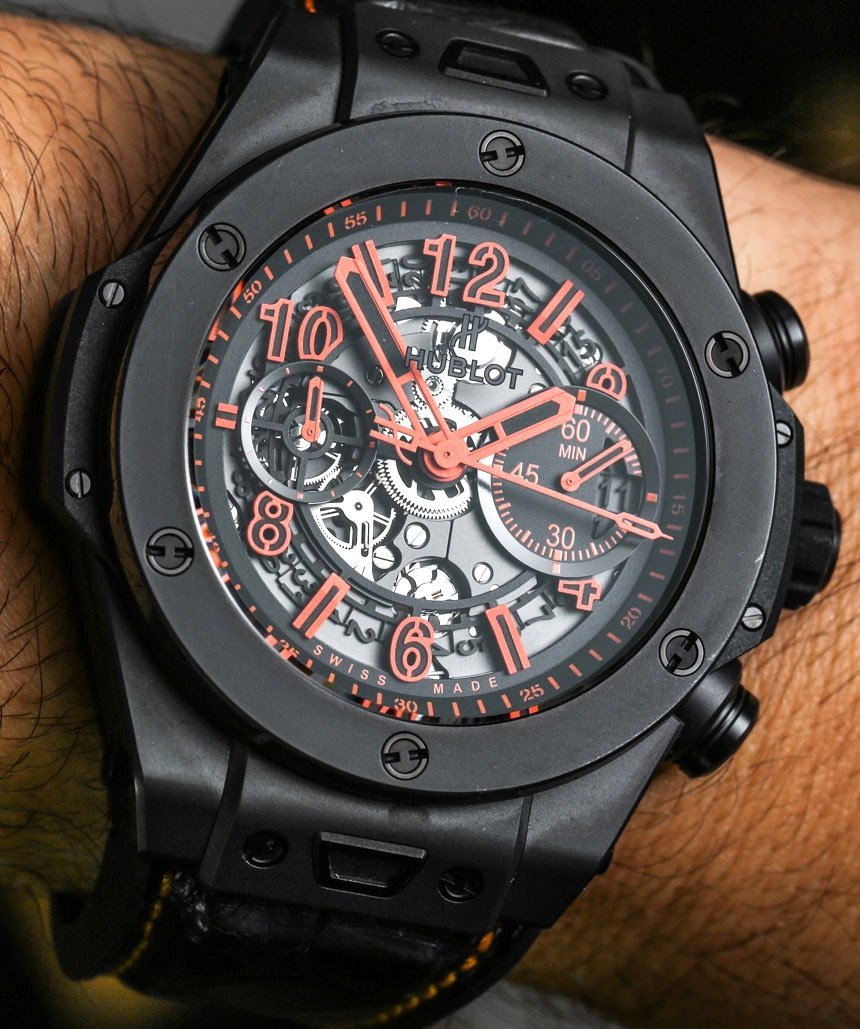
These new designs can be imbued with all the same values more traditional watch families have, but with different aesthetics. In fact, one of the best examples of a quality contemporary design is the Hublot Big Bang. Of course, the problem there is that your average 20-year-old cannot afford one, but repeat that process with something more affordable and you have a good idea of how to design a product with a lot of contemporary appeal.
Last, watch brands need to realize that many of their marketing practices come across as corny and contrived to young people. This is because the connections they seek to make with pop culture and events feels artificial and strained. It isn’t enough to simply connect with something popular, the brands need to actually integrate with them. And that leads me to my next discussion point, brand ambassadors.

